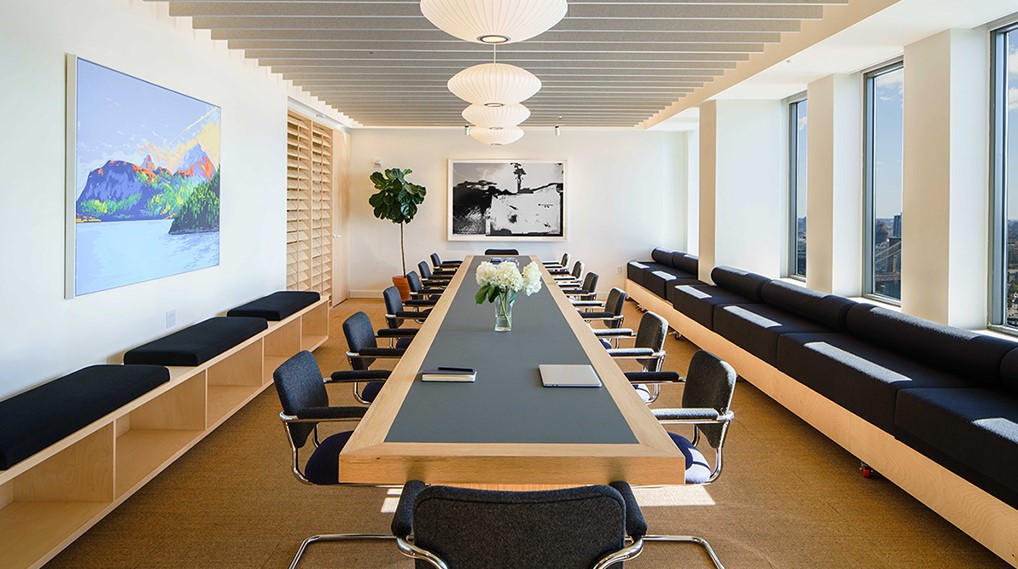

Choosing the correct meeting room for your business needs is critical to creating a functional and productive work environment. When choosing a meeting place, consider size, design, and functions.
Design
Creating an adequate meeting room, including Meeting Room Rental MA, is essential for various reasons. First, it helps promote dialogue. It also ensures that your attendees have a pleasant experience. A good meeting room should also offer excellent acoustics.
A meeting room’s color scheme must reflect the room’s purpose. For example, subdued green is conducive to creativity.
Similarly, a bright color palette can create an energetic atmosphere. However, colors such as red and yellow may signal poisonous or harmful things to your attendees. The best colors for your meeting room should also reflect your company’s brand image and values.
A large table is an excellent way to ensure everyone has a comfortable place to sit. Alternatively, upholstered chairs may be better suited for longer meetings. Likewise, a potted plant at the entrance is an easy way to add a touch of greenery.
Function
Whether you’re planning to hold an appointment or have already booked one, you may wonder what the functions of different meeting rooms are. While the room’s most apparent function may be something as simple as a table for the participants to meet, there are plenty of other features to take advantage of.
One of the most popular meetings room styles is the boardroom. This meeting style is generally led by one or two people and consists of a large table and chairs surrounding it.
Other styles are huddle rooms, where attendees can meet more casually. The huddle is a more space-efficient solution.
Depending on the type of meeting you are holding, you may need a variety of conference room equipment. A box-style meeting room, for example, is a hollow square or a U shape with another table running along one side.
Sizes
Generally, conference rooms are available in different sizes. This depends on the purposes and intended usage of the room. Some are for small meetings, while others are for more significant events. The capacity of the room also determines the size of the meeting room.
Larger meeting rooms can accommodate up to eight people, whereas smaller meeting rooms can only accommodate a few. Choosing a fitting conference room can maximize productivity. It should also be aesthetically pleasing and comfortable to work in.
Small meeting rooms are typically furnished with a table and chairs. They are ideal for small breakout sessions, brainstorming, and ad hoc discussions. They also serve as focus rooms where people can collaborate in virtual meetings.
Boardroom meeting rooms typically have a rectangular table in the center. This style is ideal for meetings requiring presentations or focus groups. A boardroom-style meeting can seat up to 25 people.
Places to Hold Meetings
Whether you are an entrepreneur, a startup, or a business professional, you need to find places to hold meetings. Whether you want to keep a board meeting, a small meeting, or a large conference, New York has various options.
Universities, hotels, and conference centers are some of the most popular locations for meetings in New York. They are easy to use and usually have a variety of facilities to choose from.
Universities offer various meeting spaces, including classrooms, lecture halls, and smaller meeting rooms. These locations are ideal for informal meetings and learning activities. They also provide the opportunity to encourage an open mind and positive behavior.
Hotels often provide free meeting rooms. A hotel conference room might be the right choice if you want a more formal meeting space. These rooms are usually equipped with projection screens, WiFi, and refreshments. They are also designed to accommodate small and large groups.
Workplace Analytics
Getting the most out of your office requires a well-defined workplace analytics plan. These programs help you understand how people use the space in your office and how you can improve your meeting room booking process.
Workplace analytics can provide you with a wide range of data, including occupancy, persona-based usage, and no-show rates. These data can help you optimize your office resources and identify the most productive team members. It also enables you to determine the best workspace for each persona.
Meeting room analytics are also becoming more affordable and accessible. Now, you can collect data from sensors installed in your conference rooms. This data can be used to understand how many people are in a meeting and how long they are in the room. It can also help you know how many rooms are available on each floor.









